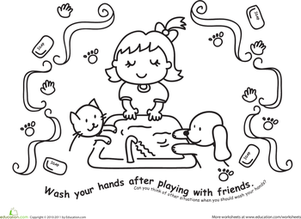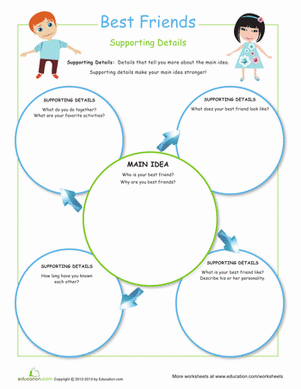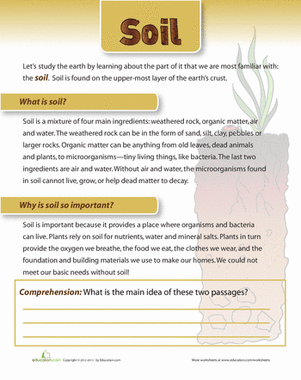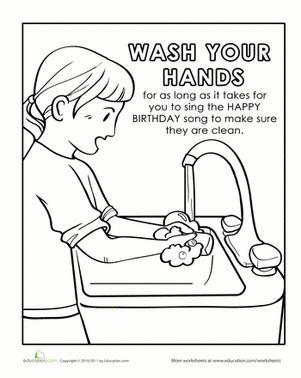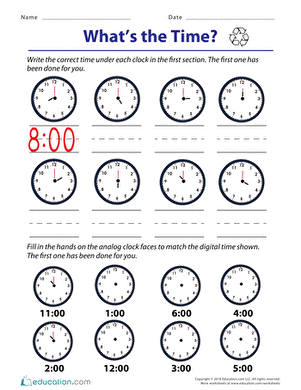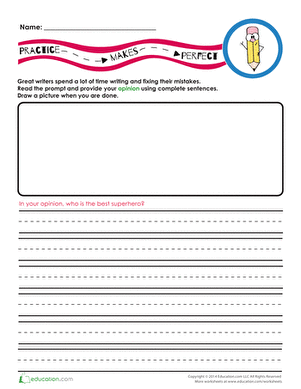Science project
What Is the Best Way to Wash Your Hands?
Difficulty of Project
Easy
Approximate Cost
$8.00 for petri dishes and poster board
Safety Issues
Adult supervision may be needed when handling germ cultures.
Approximate time to complete the project
One week
Objective
Unless we get sick, we rarely think about all the germs on our hands. Because we are not aware of this, we often rush through hand-washing without much thought. However, we carry germs everywhere with us. This project allows students to see germ cultures from their hands, and to explore the effectiveness of different ways of hand-washing.
Project Goal
This experiment will show young children that germs are real, and that steps can be taken to minimize the number of germs on their hands.
Materials and Equipment
- Five petri dishes. Get the kind that already contain sterile agar.
- Hand sanitizer
- Liquid or bar soap
- Permanent marking pen for marking Petri dishes. Sharpies are good for this!
Material Availability
Petri dishes are readily available at teacher supply stores, science supply stores (i.e. Edmond Scientific), and some hobby shops.
Introduction
Background information
Germs (also known as microbes) are everywhere. While individual germs are too small to see, we can grow colonies of them on Petri dishes. As the colonies get big, we can easily see them.
There are different types of germs. Many of the colonies that grow out on the student’s Petri dish will look different because they are different germs.
Germs can get on your hands by touching shopping carts, telephones, food, pencil sharpeners, pets, and just about anything. Most of these germs are harmless, but some can make you sick if they get inside your body. Hand washing is very important because it removes the germs that can cause illness.
Research Questions
- What are germs? Can we see germs? What about big colonies of germs?
- How can we minimize the number of germs on our hands?
- Does hand sanitizer work better than soap?
- Is washing your hands for one minute more effective than washing them for 30 seconds? What about two minutes?
Terms, Concepts and Questions to Start Background Research
- Germs (microbes) are everywhere.
- Agar is a nutrient that cultures of germs grow upon.
- Inoculation means exposing the agar to germs.
- The relative density of germs on your hands can be determined by the number of cultures that grow out on a Petri dish.
Experimental Procedure
- Open one Petri dish to the air for a few seconds. Put the lid back on it. This will be your control. Label it with a permanent marker.
- Pet your cat or dog. Run your hands through your hair. Rub your hands on the grass outside. In short, do something to expose your hands to germs.
- Wash your hands with hand sanitizer. Keep washing them for 30 seconds. When you are done washing your hands, carefully open one of the Petri dishes, and hold your hand flat against the agar for a few seconds. Close the Petri dish, and label it with a permanent marker.
- Repeat step #2, exactly as you did before.
- Wash your hands with either liquid or bar soap. Keep washing them for 30 seconds. Just like you did before, carefully open one of the Petri dishes and inoculate the agar culture. Put the lid back on and label it.
- Repeat steps #2 and #3 two more times. The first time you repeat these steps, wash your hands for one minute. The second time you repeat the steps, wash your hands for two minutes.
- When you are done, put all the exposed Petri dishes in a location where they will not be disturbed.
- Inspect your Petri dishes 12 hours later. Do you see anything yet? Inspect them again 24, 48, 72, and 96 hours later. How many cultures have grown out? Which dish has the most cultures? How does hand sanitizer compare to soap? Does how long you wash your hands make a difference? Take pictures of the Petri dishes and write up your results.
Bibliography
- Germs (Rookie Readers) by Judy Oetting and Tad Herr
- The Magic School Bus Inside Ralphie: A Book About Germs by Joanna Cole, Jon Speirs, and Bruce Degan.
- The Invisible Kingdom: From the tips of Our Fingers to the Top of Our Trash, Inside the Curious World of Microbes by Idan Ben-Barak
- Nemours Kids Health "Germs"
Education.com provides the Science Fair Project Ideas for informational purposes only. Education.com does not make any guarantee or representation regarding the Science Fair Project Ideas and is not responsible or liable for any loss or damage, directly or indirectly, caused by your use of such information. By accessing the Science Fair Project Ideas, you waive and renounce any claims against Education.com that arise thereof. In addition, your access to Education.com's website and Science Fair Project Ideas is covered by Education.com's Privacy Policy and site Terms of Use, which include limitations on Education.com's liability.
Warning is hereby given that not all Project Ideas are appropriate for all individuals or in all circumstances. Implementation of any Science Project Idea should be undertaken only in appropriate settings and with appropriate parental or other supervision. Reading and following the safety precautions of all materials used in a project is the sole responsibility of each individual. For further information, consult your state's handbook of Science Safety.

